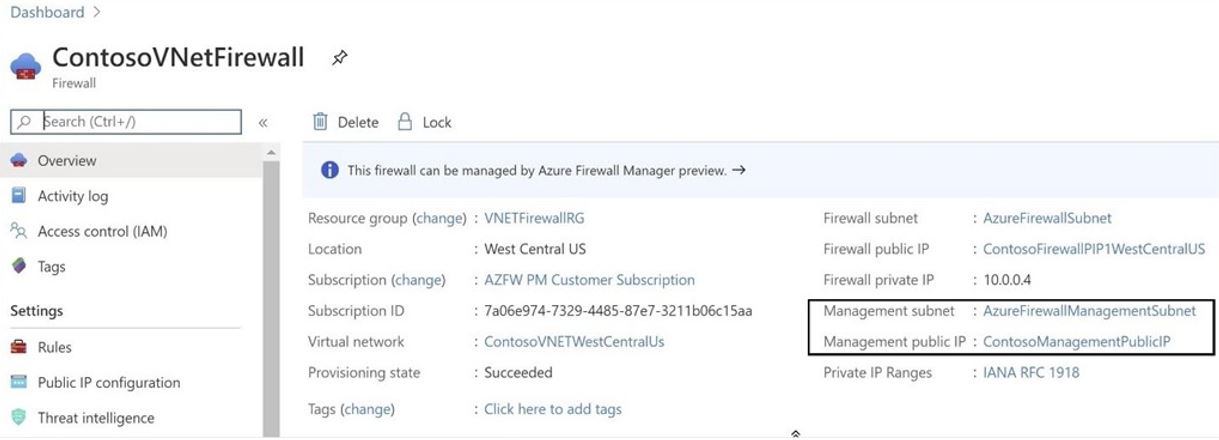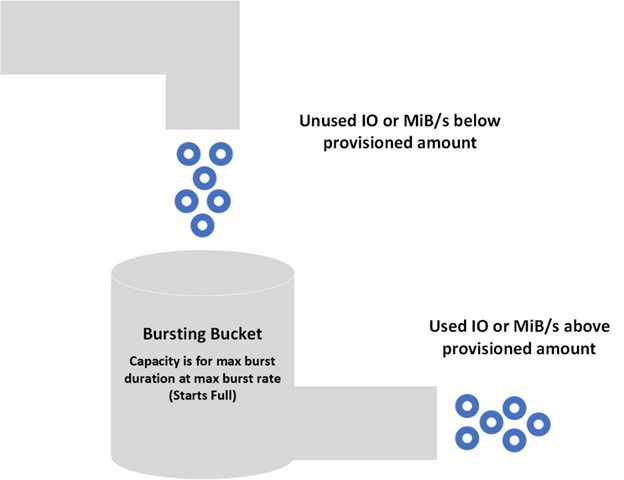Azure News July 2020
Azure responds to COVID-19
Over the past few months, during the pandemic, Microsoft have seen unprecedented demand across their cloud services, including Azure, Windows Virtual Desktop, and Microsoft Teams. In June, Microsoft shared a great video that provides a technical look at how they’ve scaled Azure due to the increase in demand.
New Azure Firewall capabilities now generally available
Azure Firewall is a cloud native Firewall as a Service (FWaaS) offering that allows you to centrally govern and log all your traffic flows using a DevOps approach. The service supports both application and network level filtering rules and is integrated with the Microsoft Threat Intelligence feed for filtering known malicious IP addresses and domains.
In June Microsoft announced two new features in Azure Firewall – forced tunneling, and SQL FQDN filtering. You can have a read about the new features here.

Azure Firewall in forced tunneling mode. Source: Microsoft.
Azure Cost Management + Billing updates
Azure Cost Management + Billing can help you better understand where you’re accruing costs in the cloud, identify and prevent bad spending patterns, and optimise costs to empower you to do more with less. Here are a few of the latest improvements and updates based on your feedback:
- Group subscriptions into separate invoices using billing profiles
- View credits, refunds, and tax information on the new invoice details page
- Turn on auto-renewal for recurring charges
- Customise your billing account name
- Show billing menu items on the Cost Management menu
- Save on storage costs with ephemeral OS disks
If you’re interested in reading more about the above improvements and updates you can do so here.
Deploy to Azure Container Instances with Docker Desktop
In May Microsoft and Docker announced their collaboration. In June, they announced the first release of the new Docker Desktop integration with Azure, enabling you to use native Docker commands to run your applications as serverless containers with Azure Container Instances. You can get started with the Docker Azure integration by installing the Docker Desktop edge release.
Achieve higher performance and cost savings on Azure with virtual machine bursting
Selecting the right combination of VMs and disks is extremely important as the wrong mix can impact your application’s performance. One way to choose which VMs and disks to use is based on your disk performance pattern, but it’s not always easy. Over-provisioning can lead to higher costs, while under-provisioning can result in poor application performance and customer dissatisfaction. Azure Disk Storage now makes it easier for you to decide with VM bursting support on your Azure virtual machines.
Some of the benefits Microsoft have shared are:
- Cost savings
- Preparedness for traffic spikes
- Handling batch jobs

Virtual Machine Bursting Flow. Source: Microsoft
Have a read of the full announcement here.
Cost optimisation strategies for cloud-native application deployment
Last month Microsoft shared some strategies with us that can be leveraged on Azure to optimise our cloud-native application development process using Azure Kubernetes Service (AKS) and managed databases, such as Azure Cosmos DB and Azure Database for PostgreSQL. You can have a read of their top tips here.
New general purpose and memory-optimised Azure Virtual Machines with Intel now available
In June Microsoft announced the availability of new general purpose and memory-optimised Azure Virtual Machines based on the 2nd generation Intel Xeon Platinum 8272CL (Cascade Lake). With the announcement Microsoft introduced two new Azure Virtual Machines families:
- The Azure Ddv4 and Ddsv4 and Edv4 and Edsv4 virtual machines, which include a local data temporary disk (now generally available)
- The Azure Dv4 and Dsv4 and Ev4 and Esv4 virtual machines, a new category of virtual machines, which rely on remote disks and do not provide temporary local storage (now in preview).
Read the full announcement here.
In other news:
Further Insights
Find out about the Azure Service Tiles
Find out about our best-practice, accelerated approach to Azure adoption in-line with Microsoft’s Cloud Adoption Framework (CAF).
Keep updated with the latest Azure News
Enjoyed the latest Azure News? Grab a coffee and have a read of last month’s newsletter to make sure you didn’t miss anything.
How Not to Screw Up Your Move to Azure
A deep dive into our experience of delivering hundreds of cloud migration projects, including lessons learned and must-do activities.



